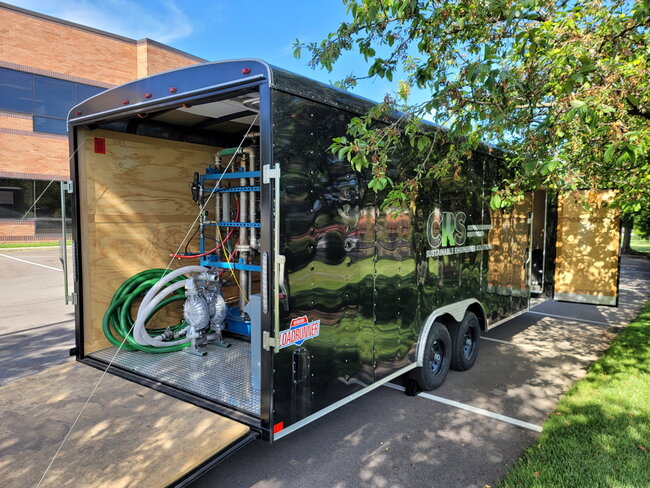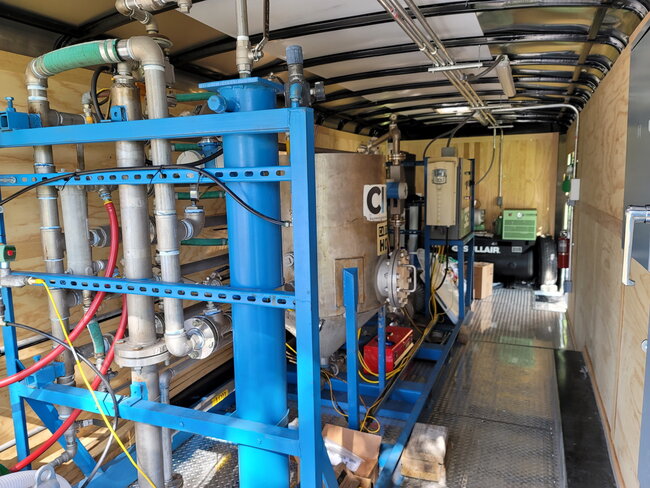In ultrafiltration, as in microfiltration, basically macro-molecules and small particles as well as suspensions or emulsions are separated. The boundaries between the two processes are not sharp: Membranes in the area of a few µm to 0.1 µm are designated as microfiltration, membranes in the pore area of 0.1 – 0.01 µm are designated as ultrafiltration. The operating pressures are in the area from 0.5 to 20 bars in ultrafiltration.
The separation effect in ultrafiltration results for the most part from a sieving effect, i.e., the particles that are retained are the particles that are larger than the average diameter of the membrane pores. In addition, solubility and diffusion effects also play a role.
Depending on the application, different pore sizes are used. The decisive technical innovation is in the coating and construction of the filter membranes. As a result, so-called “fouling”, the clogging of the filter membranes was reduced by up to 50%. As a result of reduced “fouling”, CRS is able to achieve higher feed rates and more stable product quality.
CRS has a large pilot test tool kit including our latest mobile TUF pilot test trailer that can be brought to the customer’s site.



